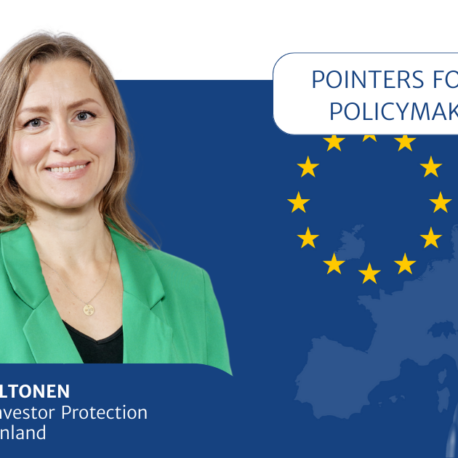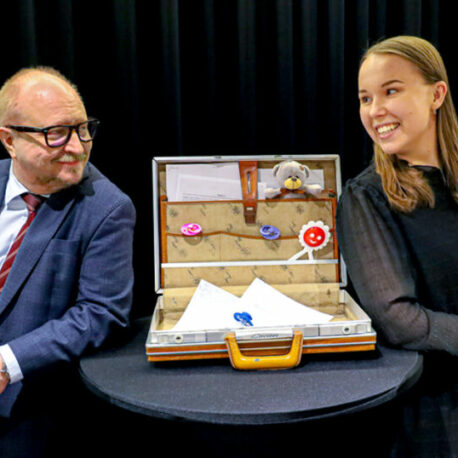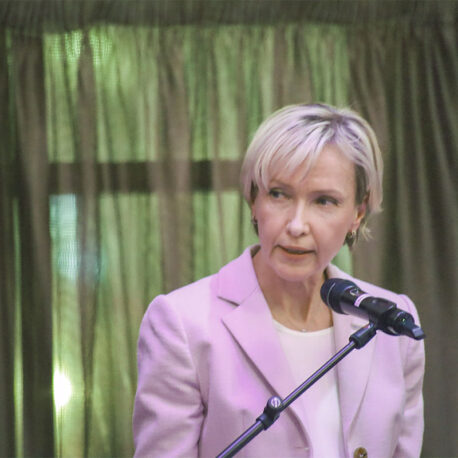
- The requirements concerning key information documents (KIDs) provided to investors were updated at the start of 2023.
- From now on, the format and content of investment product KIDs will adhere to uniform rules.
- A uniform model will make it easier to compare different types of products, but it may also make it more difficult to estimate returns.
The new KID model describes the potential future performance of a fund under several time horizons and different scenarios. Loyal to its name, the document seeks to provide the investor with key information related to the product and its risks. The objective of the PRIIPs regulation is to improve investor protection.
The Packaged Retail and Insurance-Based Investment Products (PRIIPs) Regulation issued by the EU in 2014 requires uniform key information documents (KIDs) to be provided for all investment products marketed to retail investors. Loyal to its name, the KID seeks to provide the investor with key information related to the product and its risks. The objective of PRIIPs is to improve investor protection. As from the start of 2023, PRIIPs KIDs have been obligatory also for investment funds.
The most important change concerns the pre-contractual information provided to the investor. Before the updated rules, KIDs focused on the product’s past performance. The new KID model describes the potential future performance of a fund under several time horizons and different scenarios: in favourable, moderate, unfavourable and stressed conditions.
“The switch to new PRIIPs-compliant key information documents will make it easier to compare different products. At the same time, however, estimating future performance may become more difficult as the investor must make their own conclusions based on the scenarios presented in the document”, explains Jari Virta, head of asset and fund management at Finance Finland.
Virta highlights that the KID performance scenarios are calculated using formulas directly specified in regulation. They are therefore not the product manufacturer or provider’s own estimates or calculations. Virta is slightly concerned whether investors will be overwhelmed by the different scenarios: How many have the skill to evaluate whether a specific fund’s future performance in the horizon of one year or five years will be favourable or perhaps moderate? Or even unfavourable? What about if the time horizon is changed to ten years?
“Potential returns are shown as positive or negative amounts and as the annual rate of return. Finland has about 1.3 million fund investors, and I doubt every single one of them knows how to make informed conclusions based on figures alone.”
History does not always repeat itself
To be fair, the historical returns of a fund do not offer a shortcut to success, either. The old model was criticised for its focus on past rates of returns or losses, which are not necessarily a guaranteed indication of their future direction. The historical information will not be deleted from all records, but it will no longer be provided in KIDs. Instead, it will be available on the website of the distributor or fund manager.
Investors should also pay attention to possible changes in the risk classification of funds, brought on by the new rules. Each fund is assigned a risk and reward indicator value on a scale of 1 to 7.
“There is no need to be confused if the risk classification of your investment changed at the turn of the year. This is not due to a real change in risk, but simply a change in the calculation rules”, reminds Virta.
More than one in four Finns invest in funds
According to the 2020 statistics on households’ assets published by Statistics Finland, about 1.3 million Finns had fund investments. The median of fund assets was €4,000. At the end of March 2020, the combined assets of Finnish investment funds totalled €150 billion.
The home state of the fund matters: Finnish funds create jobs and tax income and thus benefit the entire society. Funds can also be an export: already a fifth of Finnish investment funds’ assets originate from Sweden.
Investment funds offer everyone the option to invest in a calculated and controlled way, supporting every Finn’s opportunities for ownership and wealth creation as well as their capacity to prepare financially for old age.
Still have questions?
|Contact FFI experts
Looking for more?
Other articles on the topic

The Nordic model for European savings and investments accounts is simply excellent – The Commission would be wise to look to the North

Commission unveils proposal to revive securitisation, aiming to strengthen EU capital markets

Investment should be encouraged with effective solutions, not regulation – The European savings and investments account would draw on member states’ best practices

Nappies, binkies and a portfolio of investments – Savings Starter for Children will raise baby investors




